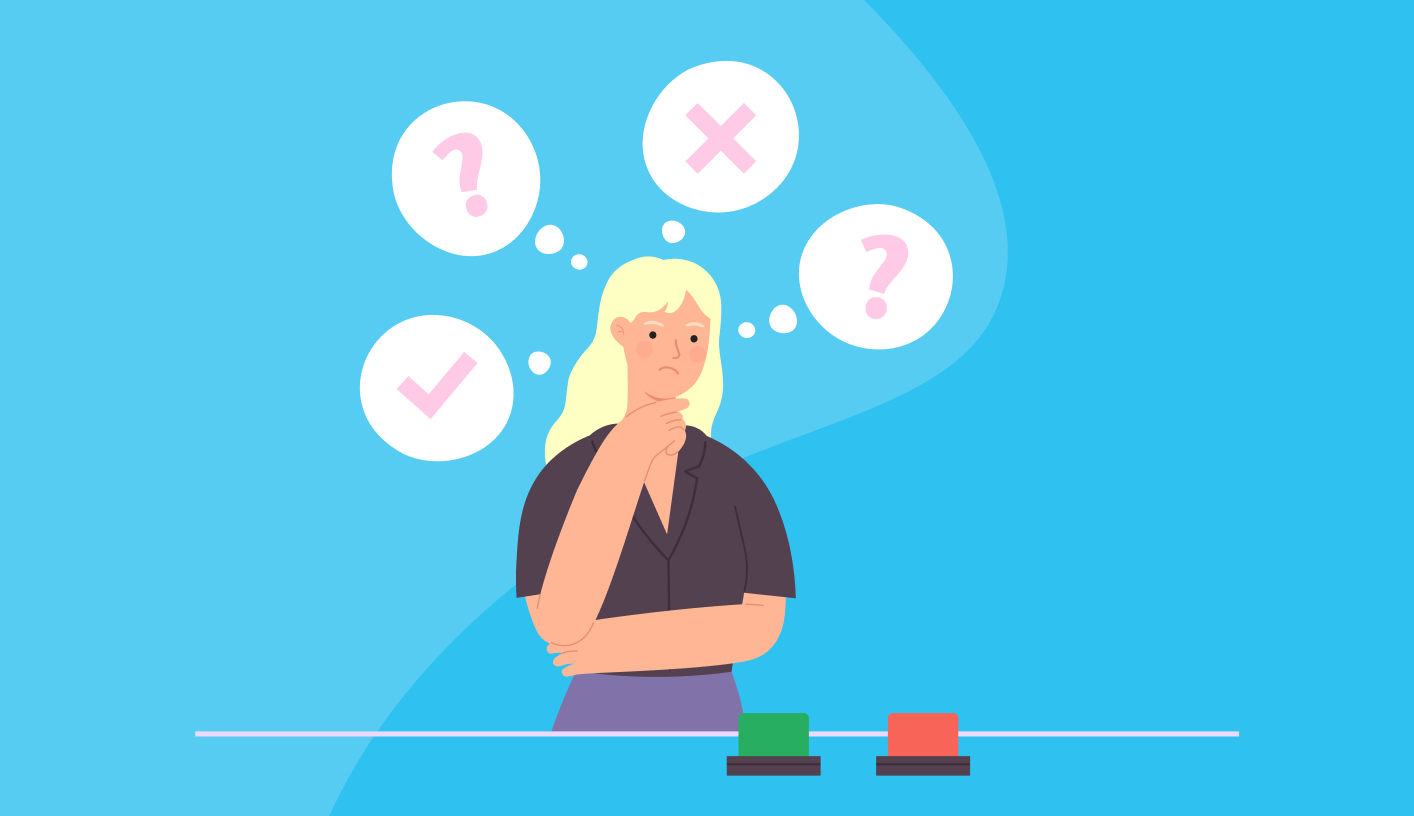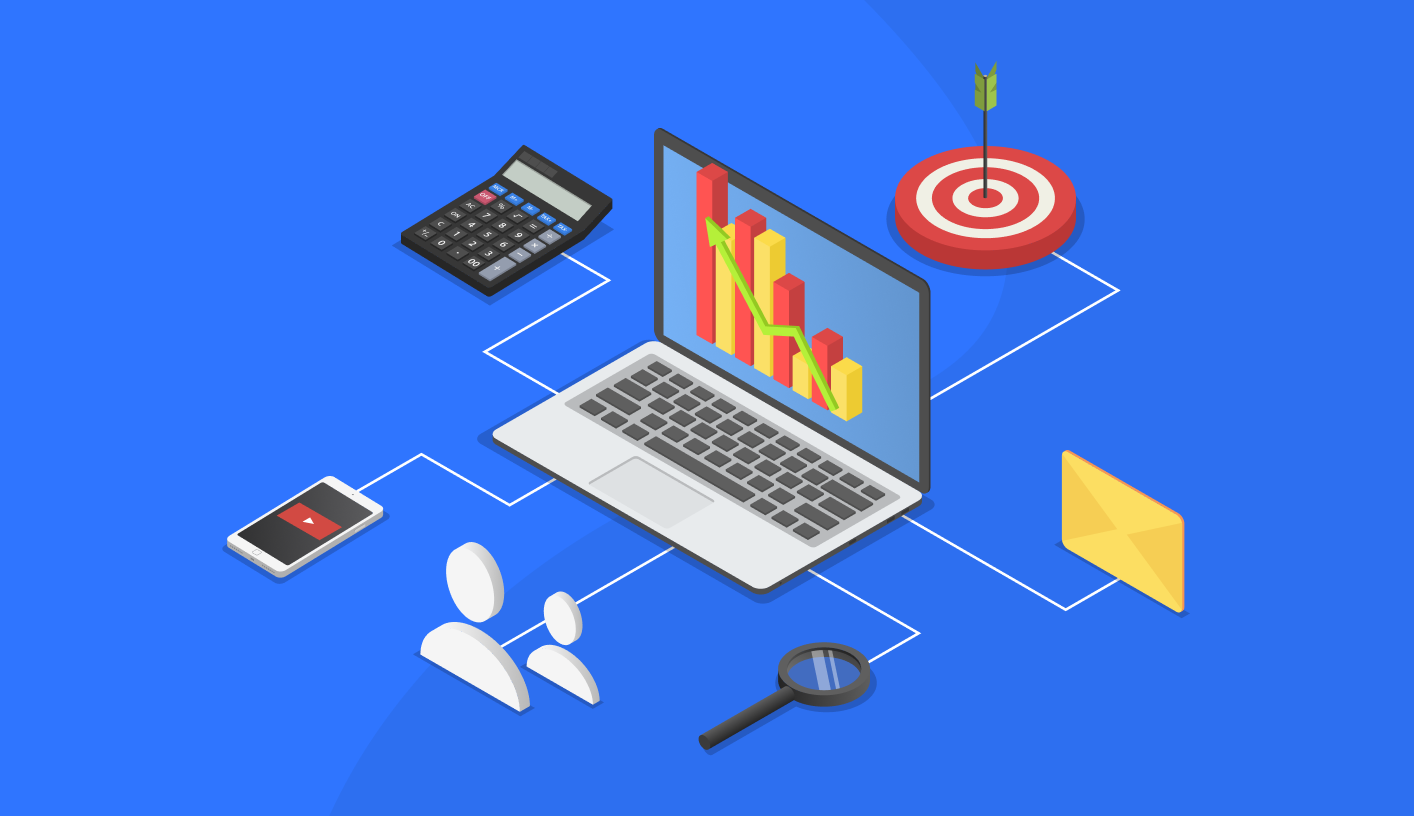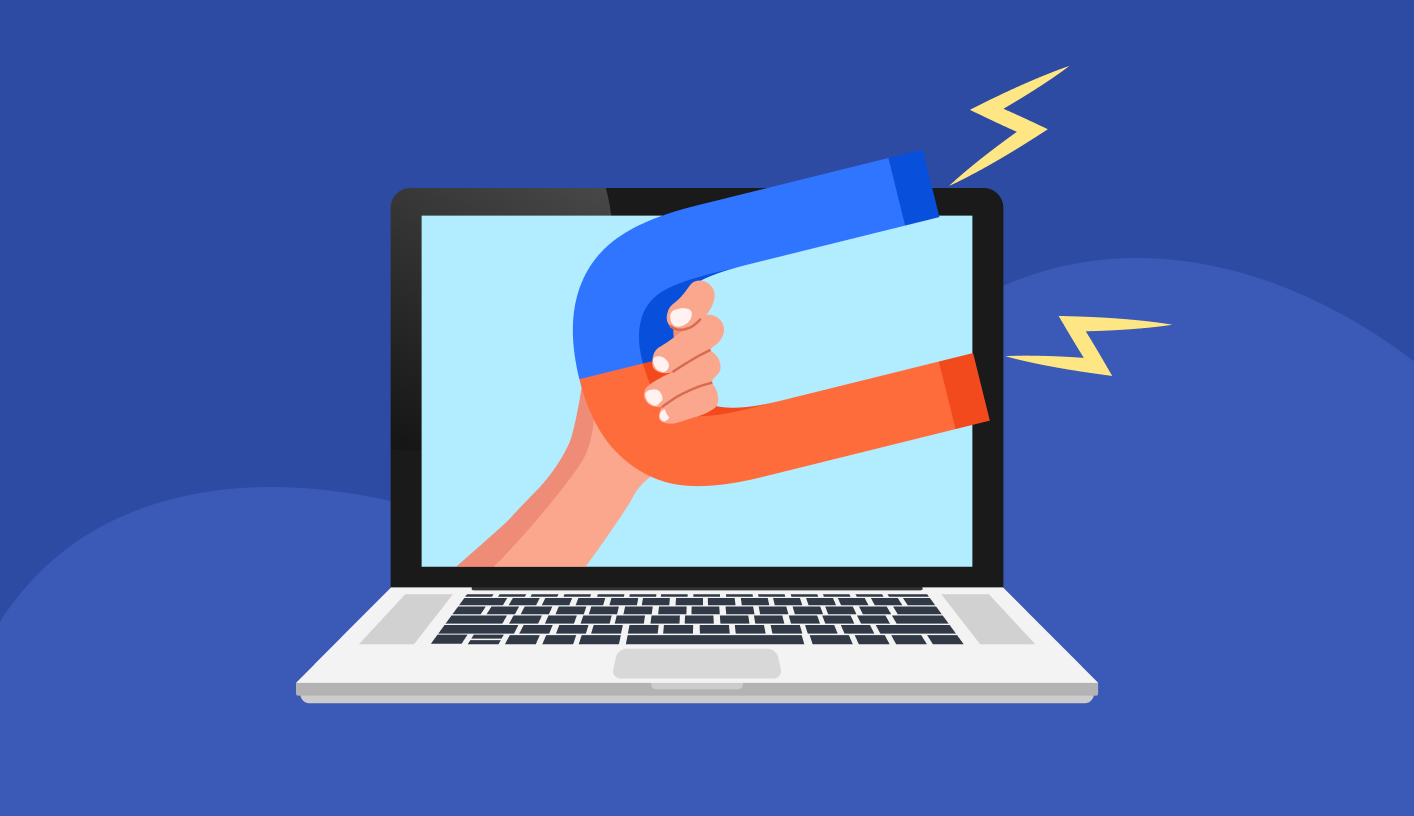SaaS Metrics 101: Understanding Retention Rate

Understanding your customer retention rate is critical for SaaS growth and sustainability.
For starters, retention rate can be a barometer of your business's health.
High retention indicates:
Customers are happy with your product and find it valuable. They may also be more apt to recommend it to their peers and provide you with a testimonial or case study, which can help you grow your user base.
You’ll be able to upsell those customers with new and existing products. They’ll be more likely to buy, as returning customers spend 67% more than new ones.
The product has a solid product-market fit.
It’s a sign of customer loyalty.
Whereas low retention suggests:
Your product may have gaps in functionality or doesn’t meet the needs of your market.
Support or customer experience may be lacking. It’s a big reason for churn, and many users have little patience. In fact, 61% of customers will switch to a competitor after only one bad customer experience.
The competition is encroaching on your market and could be aggressively underpricing as a way to steal customers.
When you measure and actively work on improving retention rates, it can help you improve your software, support and customer experience.
What is customer retention in SaaS?
Let’s start with the basics. For SaaS, customer retention refers to the activities taken by a company to keep its existing customers subscribed to and using its software or service over time. Retention rate measures the percentage of customers that remain beyond the initial onboarding period.

Customer retention rate
Customer retention rate is the actual equation to determine the percentage of users you’ve kept over a period of time, usually a year. It’s a metric you track that has a relatively simple equation.
One point to note is that you have to account for the new customers you bring on so the data doesn’t go sideways. Also, remember that a strategy to offset churn with acquisition is an expensive endeavor.
MRR retention rate
MRR retention is the monthly revenue you collect from the subscription to your software. It’s different from a customer retention rate because it’s revenue-focused.
It can be crucial in measuring revenue stability. It’s forward-looking in forecasting the revenue you’ll receive as long as you have loyal customers.
Most SaaS companies put much emphasis on the MRR retention rate. You have more data and context by looking at customer and MRR retention rates.
How to calculate customer retention rate
Now, it’s time for the math. It’s a relatively simple formula for calculating retention. First, you determine the timeframe you want to study (e.g., quarter, year).
Then, you’ll need these numbers:
Existing customer base at the start of the period
Total number of customers for the period
New customers added within the period
Now, let’s work this into a useful formula.
The customer retention rate formula
The customer retention rate formula looks like this:
Retention rate = (The number of current customers - the number of new customers during the defined time period)/the number of original existing customers during the time period x 100
For example, you begin the quarter with 200 customers. During that time, you lose 20 and gain 25 new customers. At the end of the quarter, you now have 205.
As a formula, it looks like this: 205 – 25/200 x 100 = 90%
Mistakes to avoid when calculating CRR
With customer retention rate calculations, there are also some things to avoid so your data is more accurate, including:
Forgetting to calculate the user retention rate alongside MRR retention for more context
Counting your canceled subscriptions as churn
Failing to calculate retention at different stages of a customer's lifetime, as this provides insights on when people may churn
Now that you have the basics and formula, let’s review how to boost customer retention with innovative strategies.
4 customer retention strategies
Retaining customers has lots of positive wins for you. SaaS businesses that have retention rates over 85% grow much faster, as much as three times. Customer retention starts on day one, as you set the scene for the customer experience.
Let’s explore these SaaS customer retention strategies to guide you through.
1. Make onboarding seamless and set a good impression from the start
Onboarding is a critical time in the new customer experience flow. It sets the tone.
Failure here could mean immediate churn. With SaaS, there is a learning curve, no matter how easy your platform is, so you want this to be frictionless and deliver impactful information that gets customers using the software.
There are several ways to create seamless onboarding, including:
Designing a workflow of how-to tutorials for customers to go through that hits all the highlights
Hosting new user webinars and then making them on-demand resources
Developing an email onboarding sequence that has bite-size learnings for users on specific features
Having customer success team members proactively reach out as soon as the user subscribes to answer questions and set up time to review
Personalizing any aspect of the onboarding with welcome screens
2. Track customer satisfaction
The next strategy focuses on quantifying how customers enjoy and use the software. From this, you learn how well the product delivers on user needs and expectations. By measuring this, you can be proactive in outreach, too.
Some tips for this include:
Sending surveys to new users for feedback
Recording sentiment from customer interactions with customer success and support
Looking at the time they’re spending on the platform
You can set up triggers in your system to create a response plan if surveys, feedback and sentiment are negative. If customer satisfaction is high, you’ll have proof points that your product checks the boxes for most users.
3. Listen to and incorporate customer feedback
Many of the most successful SaaS companies do this well. After all, your customers are the ideal users and can relay what they most want from a product. This customer feedback loop is only complete if you use it to improve the software.
When you release these changes, be sure customers know it was because of their insights. Recognizing this shows your customers you care about what they say.
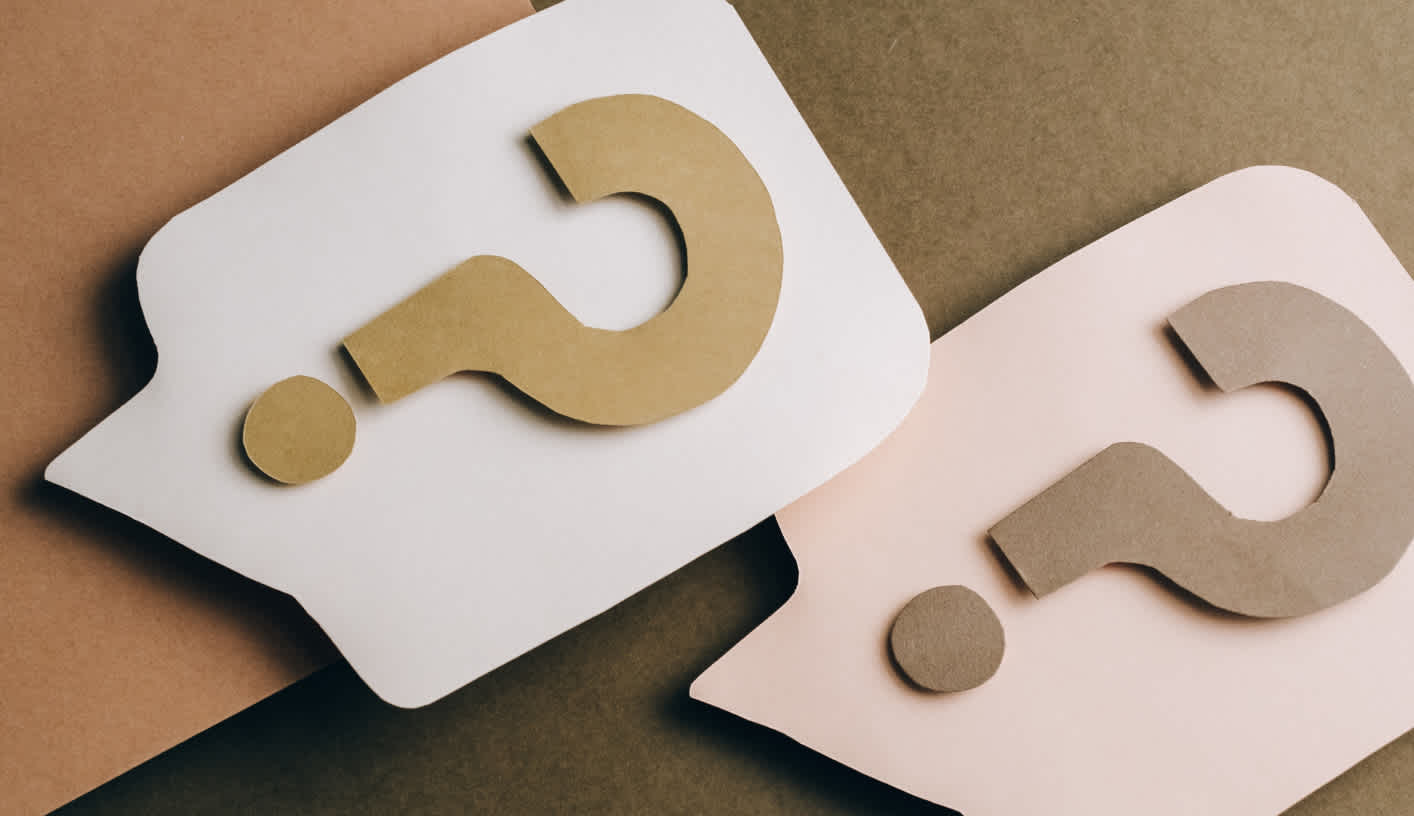
4. Work hard to retain your ideal customers
Lastly, devise a plan to retain users that match your ideal customer profile (ICP). Focusing on your ICP is good business because these are loyal customers who can become advocates. These repeat customers also have the greatest revenue potential.
What is a high customer retention rate for SaaS?
SaaS businesses usually do well with retention rates. The average retention rate for SaaS is 85%, with minimal churn around 2%.
Those best-in-class can reach a customer retention rate of 97%. There are differences in SaaS churn rate vs. retention rate, which are both important.
The key reason retention rates improve and churn is low is the “stickiness” of SaaS. Once people use it, it becomes part of their daily tasks. They need it for work or life, and they also don’t want to start over with a similar product because they’ve taken the time to learn yours and optimize it.
Seven other key customer retention metrics
While customer retention rate is important, other key metrics can provide valuable insights. That said, keep these ones in mind.
1. Revenue churn rate
The revenue churn rate is when your SaaS business loses revenue from existing customers during a time period. If it’s high, it indicates that existing customers are becoming dissatisfied and/or downgrading their plans.
2. Net promoter score (NPS)
NPS is a good measure of customer satisfaction. NPS is a number between -100 to +100. In SaaS, a good NPS is around +50. The number is part of a one-question survey that asks users how likely they are to recommend your product on a scale of 0 to 10.
Scores 0-6 are detractors and likely will churn. Scores from 7-8 are passive and neutral. Those giving you a 9 or 10 are your promoters and are very happy. The calculation of NPS is the percentage of promoters minus the percentage of detractors.
3. Repeat purchase rate
Repeat purchase rate (RRR) is a customer retention metric that calculates the ratio of returning customers compared to your total number of customers. It informs you of the number of returning customers, a sign of loyalty and satisfaction.
4. Customer lifetime value
Customer lifetime value (CLV) is the total amount a user will spend with you over their lifetime. It’s the measurement of their total worth to you and what you can generate over time. You want it to stay consistent or increase. If you see it decreasing, you’re acquiring too many low-value users.
5. Customer churn rate
Customer churn is the percentage of customers who stopped using your software within a specific period. Every company has churn, and you should keep an eye on this. When it grows larger than the average, you’ll want to investigate this and find the root cause so you can address it.
6. First call resolution rate
First call resolution rate is a metric measuring the ability to resolve a customer question or complaint in the first interaction. You want it to be high, which means your customer success team understands customer needs and resolves issues. It also means fewer follow-ups, which can drain your support resources.
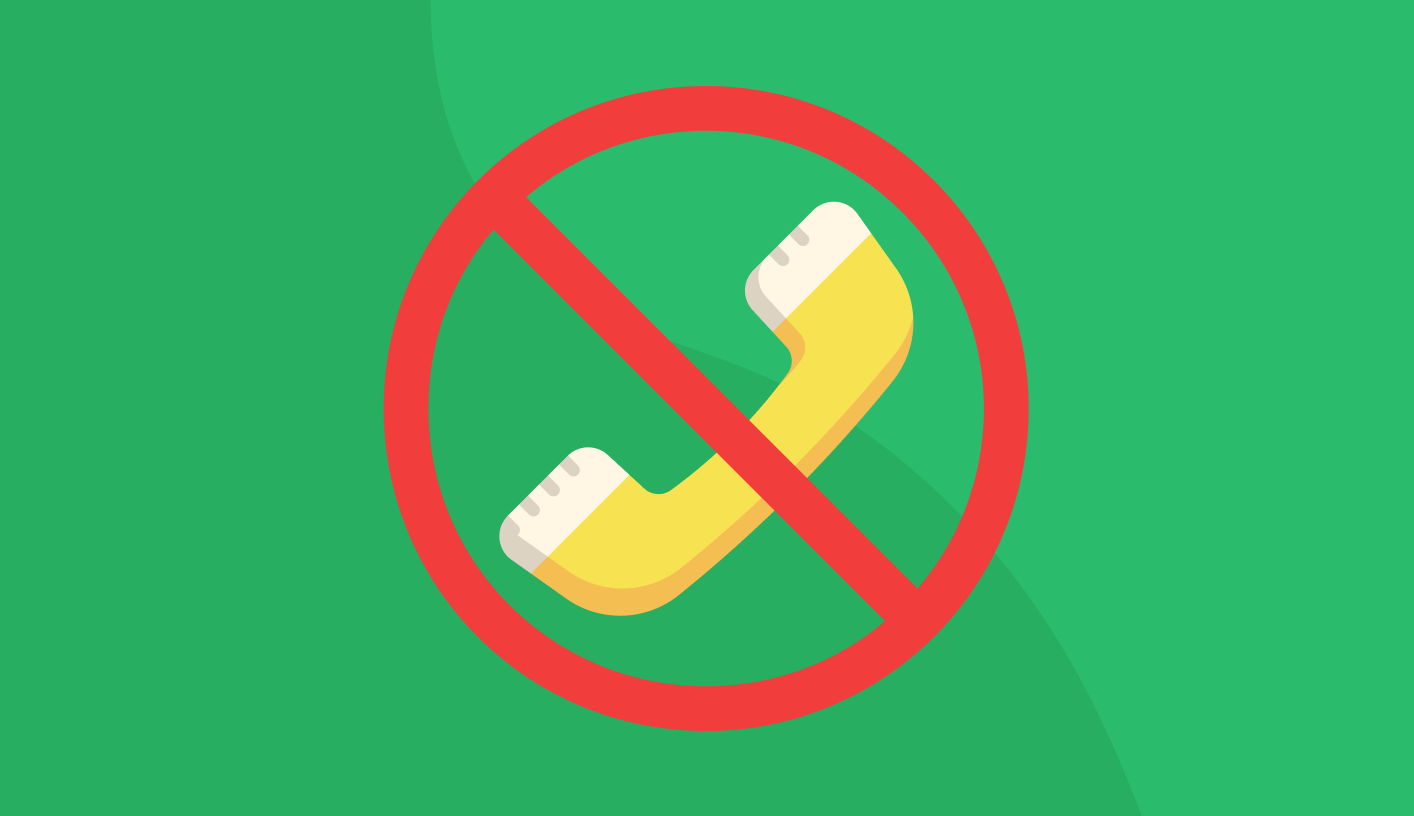
7. Monthly active users (MAU)
Monthly active users (MAU) is the metric that defines how many customers use your product each month. It measures engagement, popularity and reach. Decreases in this number are a concerning sign of falling satisfaction.
How ProsperStack helps reduce churn
Customer retention can be improved through many interventions, from better onboarding to better offboarding. ProsperStack's automated cancellation flows help high-volume subscription businesses reduce churn 10-39%. Save customers and grow revenue with an easy and innovative platform. Learn more about how it works by connecting with our experts.
